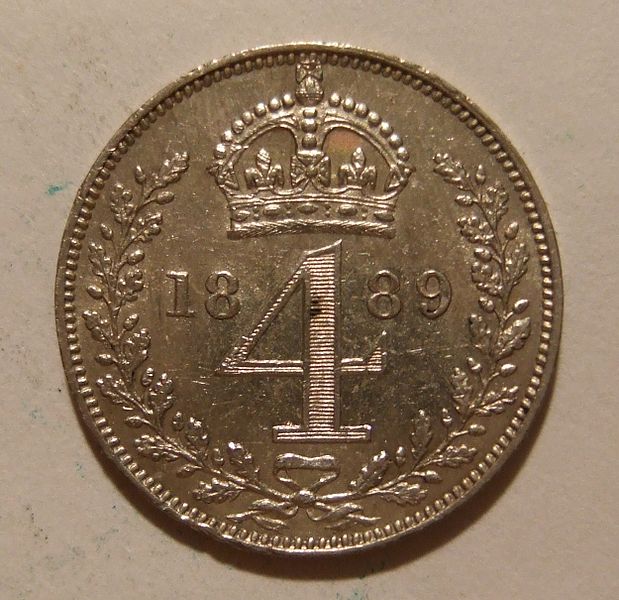General info
Winning “50p” design released as Official Medal in support of Cavell Nurses’ Trust
Over the last few weeks and months, our nation has been inspired time and again by the incredible Key Workers who are on the front line, helping us through this challenging time.
In fact, people all across the UK are showing their support for our heroes during the weekly clap and with the beautiful rainbow pictures adorning our windows. And Change Checkers have also been making a special effort to give their thanks.
We asked Change Checkers to pay tribute to the UK’s Key Worker heroes by creating a coin design in recognition of their tireless work.
The top designs were selected from each category to be transformed into a virtual 50p and we were absolutely blown away by the entries!
But the best news is, we are incredibly excited to announce that one of the winning designs has been specially selected to be adapted into a special Rainbow of Hope Thank You Medal!
New Specially Issued Medal
The Rainbow of Hope Thank You Medal has been specially issued in support of Cavell Nurses’ Trust with all Ex-VAT sales going directly to support the work of the Trust at this critical time.
Reverse designer Sean Simon said, “I’m honoured and humbled to be a part of something of this scale, which will be beneficial to such a great cause. I work as an SEN school teacher and have many members of my family who work across the NHS and other key areas. As a school teacher I found this to be a great opportunity to show my appreciation to all the key workers across the UK who are working so hard during such difficult times. A rainbow was a must for the design as there are many children who may not understand the situation but are making the most of being inside. My children have thoroughly enjoyed making their own rainbows and looking for other rainbows during our daily walk.”
Say “Thank You” to our Key Worker Heroes
You can now say “Thank You” to all our health workers and carers along with all other Key Workers, with the Rainbow of Hope Thank You Medal and at the same time you’ll be supporting the vital work of Cavell Nurses’ Trust helping nurses, midwives and healthcare assistants suffering personal or financial hardship.
From simple, essential support like money to repair a broken cooker or boiler, to vital life-changing aid like helping a family flee their home due to domestic abuse, Cavell Nurses’ Trust is here to help. Never has their work been more important than during the current Coronavirus crisis.

All Proceeds Going To Charity
What’s more, The Westminster Collection will be donating 100% of the ex-VAT proceeds for every Rainbow of Hope Thank You Medal sold to Cavell Nurses’ Trust to support nursing and midwifery professionals in their time of need.
Our Nation’s Key Workers are risking their lives to help keep us safe – let’s do all we can to show our support and give something back!
Support the UK’s Key Worker Heroes when you order the Rainbow of Hope Thank You Medal
The Rainbow of Hope Thank You Medal is your chance to say thank you to our key worker heroes, with all proceeds going directly to support the work of the Cavell Nurses’ Trust at this critical time.
So please click here to order yours today – whether it’s to keep or give to a special key worker.
Centuries of tradition overturned.. Royal Maundy Ceremony CANCELLED
**2021 Update**
Maundy Money ceremony cancelled for second year in a row due to the coronavirus pandemic!
In 2020, perhaps for the first time ever, the ancient tradition of the Royal Maundy ceremony was cancelled.
Centuries of tradition have been overturned as one of the Church of England’s most archaic ceremonies is unable to take place due to the Queen being in isolation at Windsor Castle.
No-one knows for sure when, or if, Royal Maundy has been cancelled before. Even during wartime, King George VI and the Archbishop of Canterbury were able to uphold the tradition.
However, the unprecedented circumstances the world is facing right now means there is simply no other option than to break tradition…

Today’s ceremony was due to take place in St George’s Chapel at Windsor Castle with a choral accompaniment.
Now, rather than handing out the Maundy money consignments individually, the Queen has written personally to the 188 recipients saying, “The traditional Maundy money, which had been blessed in the Chapel Royal, was enclosed”, and the ceremonial red and white leather purses containing Maundy money have been delivered remotely by Royal Mail, for the first time since the tradition began.
So where does this tradition come from and what is the history behind Maundy money?
The History of Royal Maundy
Maundy Thursday is a key day during the Easter week which commemorates Jesus Christ’s last supper on the day before his crucifixion.
The Royal Maundy Church service takes place each year on this day, and is inspired by the generosity shown by Jesus in washing the feet of his disciples shortly before his death.

Its origins can be traced back to the Middle Ages, when English monarchs would wash the feet of beggars and offer gifts of food and clothing in imitation of Jesus.
However it was King John who was the first to give to the poor on Maundy Thursday and by the early 14th century, it had become customary for the sovereign to provide a meal, together with gifts of food and clothing.
Sharing the Wealth
For numismatists, the day has added significance in the form of Maundy money which is given out by the reigning monarch each year at the service.
The tradition of giving out money began with Charles II, with the first set of Maundy coins consisting of a four penny, three penny, two penny and a penny. The coins have remained in much the same form since then, and are traditionally struck in sterling silver.
At the Royal Maundy ceremony, the reigning monarch hands each recipient two small leather string purses – one white, one red. The red purse contains ordinary coinage as money (in lieu of the food and clothing which was offered years ago) and the white contains silver Maundy coins.
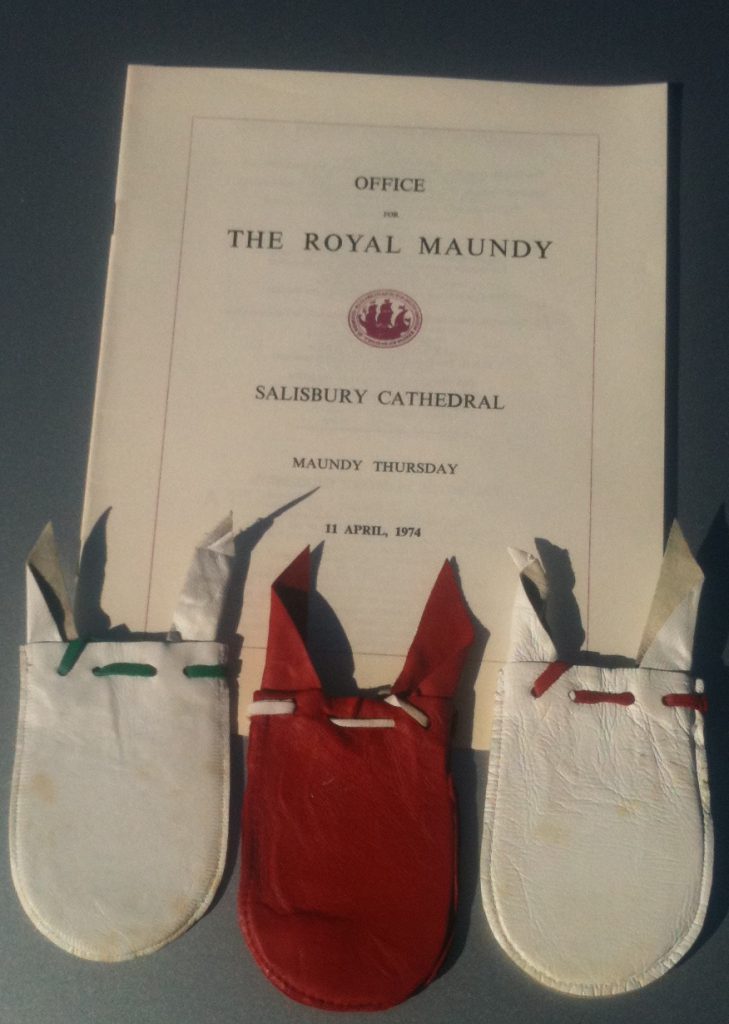
The Maundy coins total the age of the King or Queen in pence, so this year, as the Queen approaches her 94th birthday, each white purse will contain 94 pence.
Recognition of Service
Nowadays it is not the poor who are the recipients of this gift, but specially chosen members of the public in recognition of the service they have given to the Church and local community.
The number of men and women receiving Maundy Money also equals the age of the sovereign during the year, and since the reign of George I, the recipients have been an equal number of men and women. For example, this year 188 recipients will receive the Maundy coins – 94 men and 94 women.
The tradition and heritage behind Maundy money makes them among the most sought-after coins in British numismatic history. Their owners are part of an exclusive club which dates back centuries, and they still exemplify the generosity and selfless work of the Church during this week – the most important in the Christian calendar.
Sadly, this year, tradition has been broken and the Royal Maundy ceremony will not take place. Whilst the overturning of this ancient ceremony reflects the difficult and truly unprecedented times we are currently facing, it does not detract from the hard work and dedication of the well-deserving receivers of the Maundy money this year.
Her Majesty’s personalised letters to each receipiant demonstrate that even in the toughest of times, its important to honour those who give to our community.
If you’re interested in coin collecting, our Change Checker web app is completely free to use and allows users to:
– Find and identify the coins in their pocket
– Collect and track the coins they have
– Swap their spare coins with other Change Checkers

Sign up today at: www.changechecker.org/app
20 Surprising Facts About UK Coins…
Do you think you have a good knowledge of UK coinage? Well check out these 20 surprising facts that you might not know about UK coins!
1. The direction of each monarch’s effigy faces in the opposite direction to their immediate predecessor. This has been tradition since the time of Charles II onwards, with the only exception being Edward VIII, as he preferred his left portrait to his right, which was the side proposed for coins of his reign.
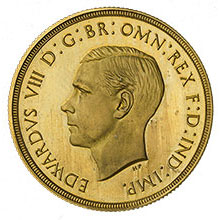
2. Two 1p coins weigh the same as one 2p coin, and two 5p coins weigh the same as one 10p coin. A 1p coin weighs 3.56g, so times that by 2 and you’ve got the weight of a 2 pence piece, 7.12g
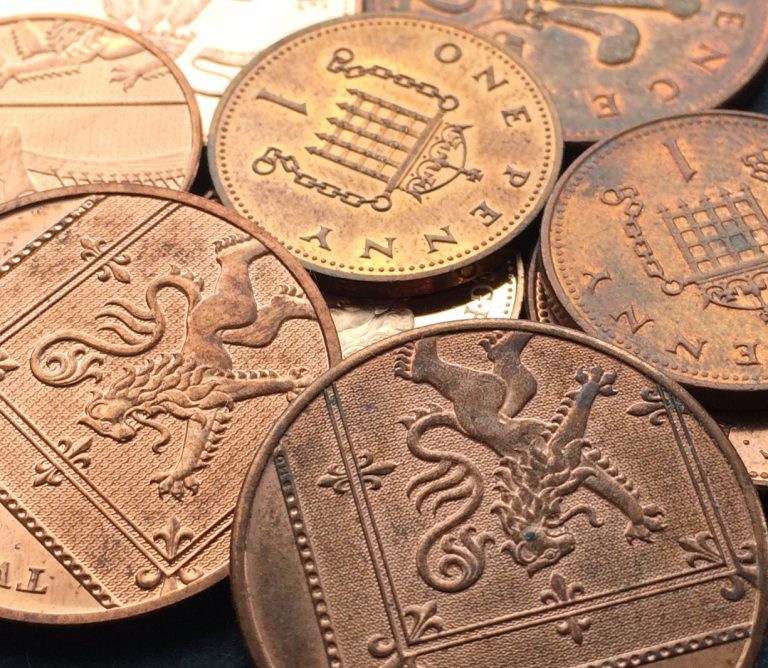
3. Whilst the high-value banknote in general circulation is the £50 note, there are such things as £1 million notes and £100 million notes. They are locked away deep in the Bank of England’s vaults and are used to back the value of every notes issued by commercial banks in Scotland and Northern Ireland.
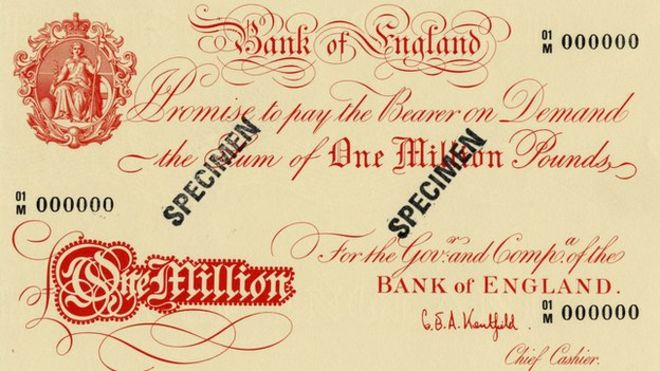
4. The word Farthing derived from a shortening of the word ‘Fourthing’. As far back as 1060, an English coin was shaped like a clover, so that any of the four leaves could be broken off and used as separate pieces of currency.
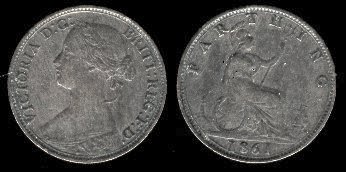
5. The commonly used term ‘quid’ actually originates from the phrase Quid Pro Quo, which translates literally to ‘what for what’. This term first appeared back in 1661!
6. According to the central banks, Brits are the world leaders at counterfeiting. There are an estimated 300 fake notes in every one million sterling notes!
7. When the UK prepared for the decimalization of its coinage, the government embarked on an enormous media campaign including leaflets, TV spots and even songs!
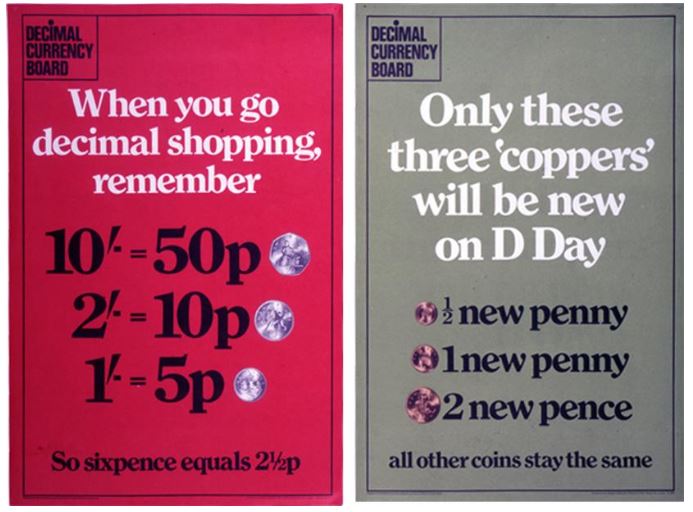
8. During the Second World War, Nazi Germany produced huge quantities of counterfeit sterling notes to try and devalue British currency. By 1945 a huge 12% of the notes in existence were counterfeit! The problem was solved by removing higher denomination notes from circulation and putting metal threads through new notes, making them harder to forge.
9. Stamps are not legal tender. Whilst you are free to accept stamps as payment for a service or goods, there is no legal obligation for you to accept them when offered. They have however been used as emergency currency in other countries.

10. You cannot pay fines in pennies. Have you ever considered paying a parking fine you didn’t think was fair with nothing but pennies? Well, be aware that the council is under no obligation to accept them! While relevant parties can choose to accept any type of payment they wish, in England and Wales restrictions apply on sums below £1.
11. Despite common belief, the polymer notes are not indestructible. Although we don’t recommend destroying them as you won’t be able to spend them!
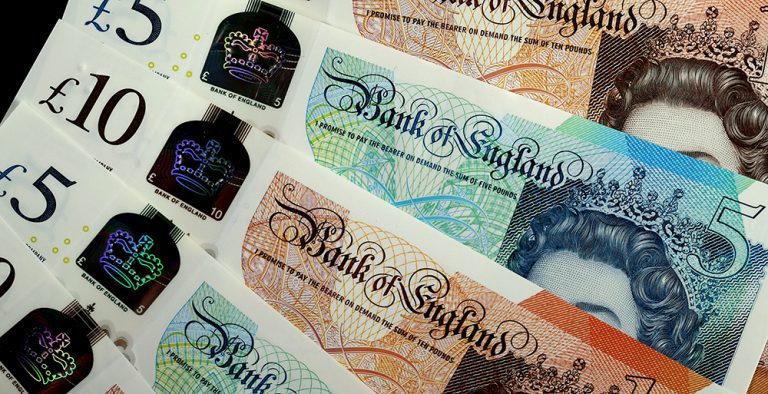
12. An estimated 28,850,000,000 UK coins are in circulation today! This is equivalent to almost 4 billion pounds worth of coins!
13. The use of gold in UK coinage ended when the First World War began. The gold sovereign, prior to 1914, was worth about £1 in circulation. However, the public were asked to hand any in to help fund the war effort. In its place came the £1 and £10 notes.
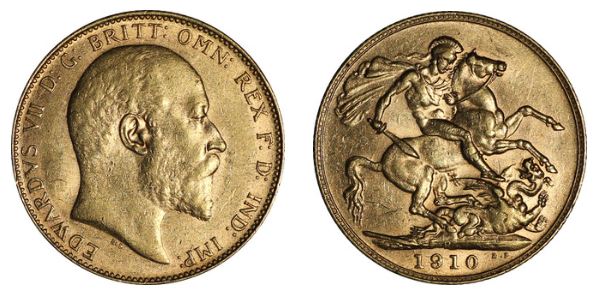
14. There is a myriad of Cockney rhyming slang to describe money. Apple core means £20, Uncle Ben means 10 and if someone asks to borrow a taxi driver, they actually mean a fiver.
15. The ‘coppers’ in your change, aren’t actually made of copper. Since 1992, 1p and 2p coins have been made of steel, with a copper plating.
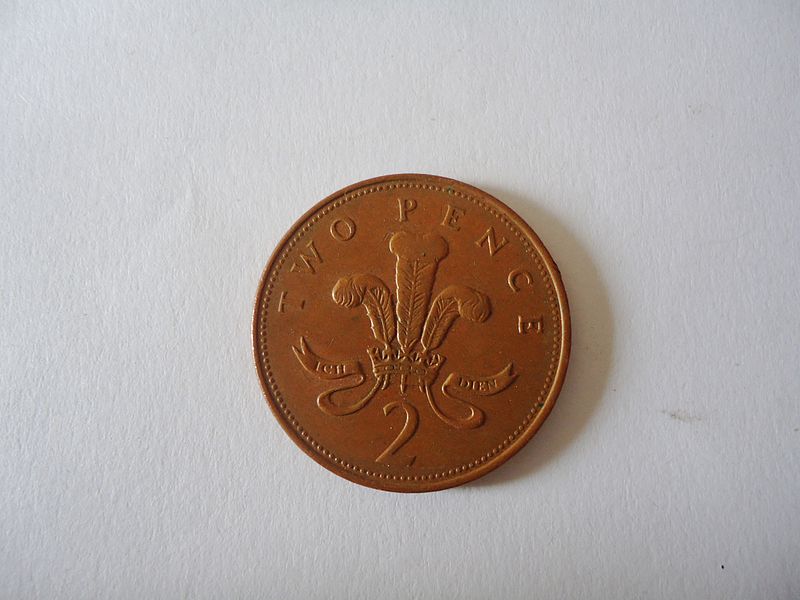
16. The UK’s current definitive coinage dated 2008 or younger, make up the design of the Shield of the Royal Arms when they are all placed together. Pretty cool, right?

17. Legend has it, the M11 has an exit but not an entry at Junction 5 to prevent would-be thieves escaping. This is because of its close proximity to the De La Rue Currency factory – where banknotes are printed for the Bank of England. This way, any potential robbers wouldn’t be able to make their escape quickly out of London and onto a motorway.
18. The Queen must officially approve any coin design before it can be made. The design is first put to the Chancellor, who then passes it on to the Queen for her official sign-off.
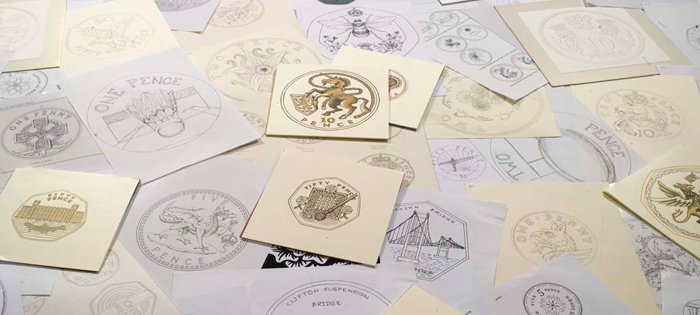
19. A full judicial trial is held to test newly-minted coins – called the Trial of the Pyx. This ceremony is held to ensure newly-minted coins conform to the required standards. The trials are held once a year and the coin’s diameter, chemical composition and weight is tested. These trials have been held since the 12th century and the process remains largely unchanged since that date!
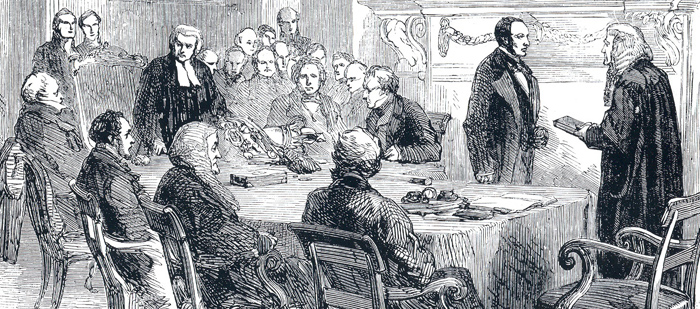
20. If you find a buried treasure chest of money and don’t report it, you could face a prison sentence! Technically any hidden treasure found in the UK belongs to the Queen! All findings must be reported to the coroner within 14 days and the treasure will be offered to museums. If the museums choose not to bid on it, then the finder/land-owner gets to receive it.
How many of these surprising facts did you already know? Let us know in the comments below!
If you’re interested in coin collecting, our Change Checker web app is completely free to use and allows users to:
– Find and identify the coins in their pocket
– Collect and track the coins they have
– Swap their spare coins with other Change Checkers

Sign up today at: www.changechecker.org/app



